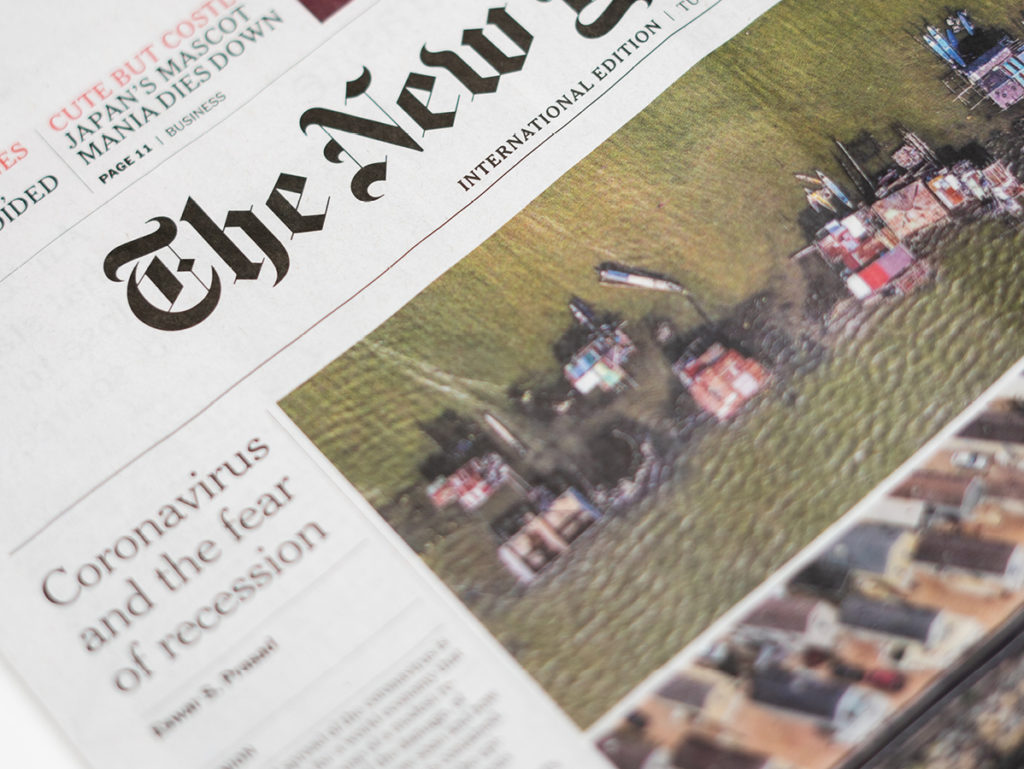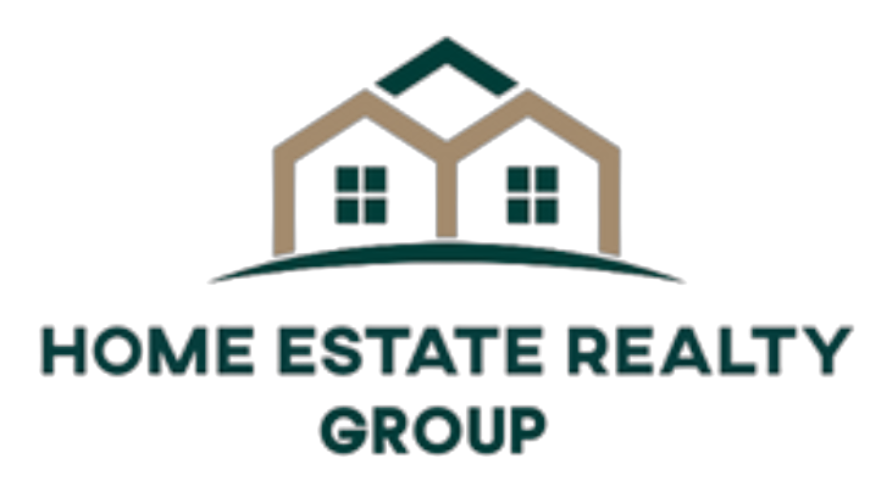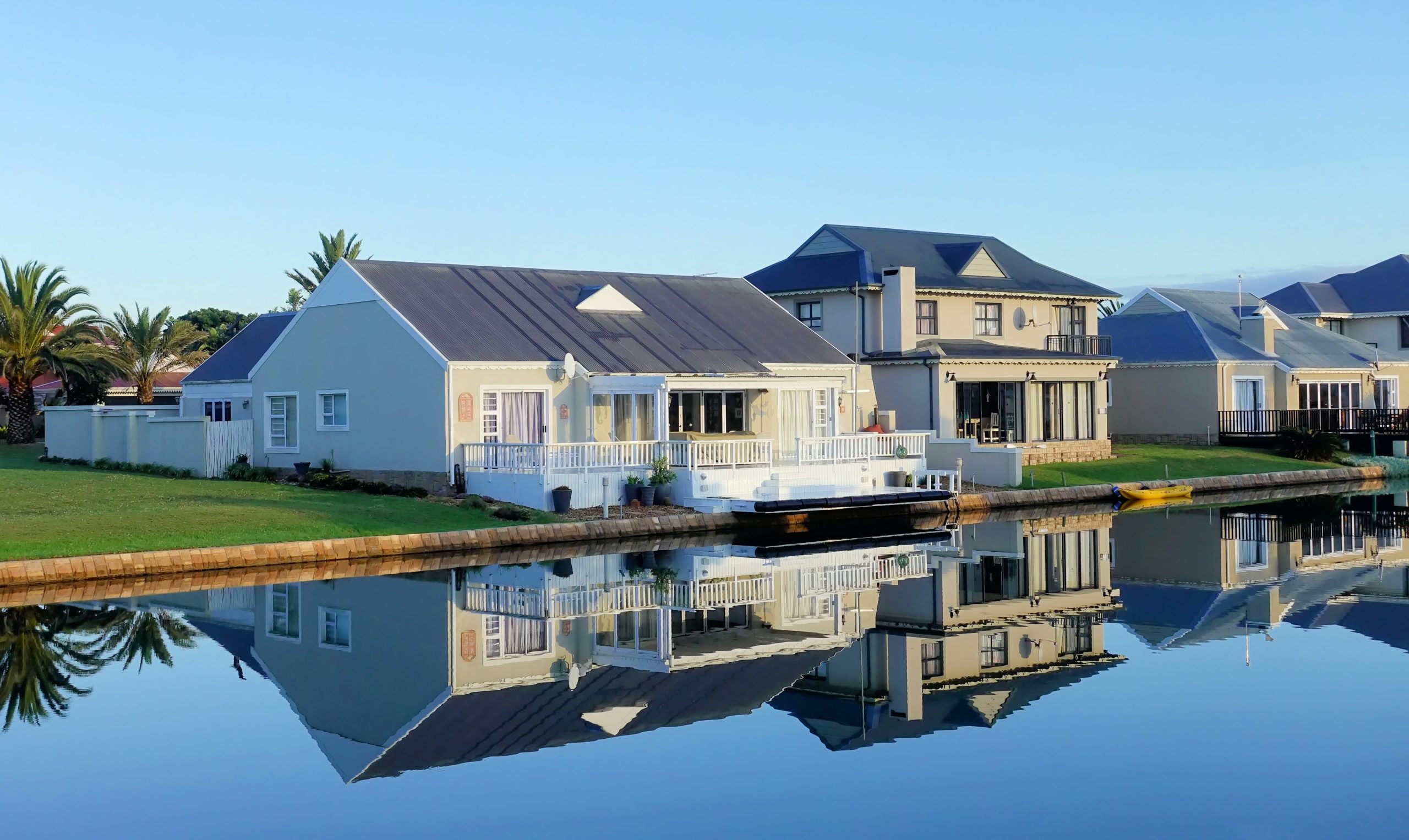We still remember the 2008 economic recession and the mortgage crisis that followed. It burned many of us. Today, buyers compete in multiple offer situations and pay well-above asking price for new homes. So many are wondering whether the housing market is due for a correction. The logical question arises. Is this housing bubble going to burst?
While predictions are hard to come by, evidence suggests there’s every reason for optimism in 2021. With economists predicting slower, more sustainable growth over the next year, fears of a bubble appear to be overblown. In addition, there are big differences in this housing market upturn versus 2008. Today’s housing situation is built on a more solid footing than the previous inflated valuations.

Conditions that lead to a real estate bubble
Generally speaking, a housing bubble occurs when there is an imbalance in the market that artificially inflates prices beyond their reasonable levels. This bubble pops once conditions force a return to more appropriate price levels, leaving those who bought at the top of the market with little equity and, in some cases, negative equity.
The real estate bubble burst that occurred in 2008 was the result of poorly underwritten subprime mortgages. This was followed by speculation on the financial markets focusing on mortgage-backed securities. These factors led to a surge in foreclosures caused by too little equity and the recession.
It is important to note that the 2008 recession was unusual in its focus on the housing market. Historically, in most recessionary periods, home prices have held up as real estate is seen as a more secure investment when the economy at large is contracting. In addition, homeowners tend to hold onto their homes during a recession and avoid making big moves, increasing stability in the housing market. So is the housing bubble going to burst?
Conditions Creating the Current Increase in Home Values
Unlike many housing bubbles, the current rise in home valuations is fairly easy to understand and explain. The following factors have shifted the balance of supply and demand, resulting in the increases we’re currently experiencing in markets across the country. Because they are based on solid factors, these increases promise to be more reliable indicators of value than the speculative price increases normally associated with real estate bubbles.

Historically Low Interest Rates
One of the first actions taken to combat the economic effects of COVID-related shutdowns was to lower the interest rates for mortgages and mortgage refinancing. However, unlike the 2008 meltdown, this time lenders were better monetized and borrowing requirements were more stringent. This kept underqualified borrowers from taking out loans ensuring that those with better than average credit and reserves were the ones buying.
Low Inventory Sales Environment
Most metropolitan areas were already experiencing low inventory before March 2020. The pandemic just made this worse. There were early slowdowns in the rate of new construction, the reluctance of homeowners to make major changes in the midst of a pandemic, and seller uncertainty regarding their ability to find a new home after the sale of their current one.
Extended Spring Market
Pandemic-driven shutdowns occurred in mid-March 2020, right in the middle of what promised to be an active spring market. It took a while for real estate professionals and mortgage lenders to get back up to speed using virtual tours and transaction models. But once they figured this out, buyers began looking for their dream homes. Meanwhile, homeowners started looking for larger spaces to accommodate working and teaching from home. This has led to a sort of unending spring market, which now shows no signs of slowing as the 2021 traditional spring sales season is upon us.
Expanded Market Activity

In most hot real estate markets, higher home sale prices and increasing activity is limited to the most popular cities and neighborhoods. However, the availability of working from home means that many areas that are normally overlooked. This is especially true in outer suburban and rural areas. They are suddenly in demand. Offering more space and larger lots, these newly popular markets are seeing their share of increasing home value and marketability.
The pandemic is now marked by better treatment options and the rollout of vaccines for everyone. With this, home sellers who were worried about the pandemic may now begin to put their homes on the market and offer increase supply for the ongoing demand. Interest rates are expected to remain low, making homebuying more affordable.
Economic Indicators for 2021
As always, it’s important to talk to a real estate specialist in order to better understand how conditions in your specific market and in your specific property reflect broader trends in the market at large. An agent can give you insights on the most recent comparable property sales in your area and help you think through the decisions you need to make in order to optimize the value of your property and the equity in your home.


Excellent article capturing the true pulse of today’s reality!
Thanks Mary. I always appreciate the feedback.